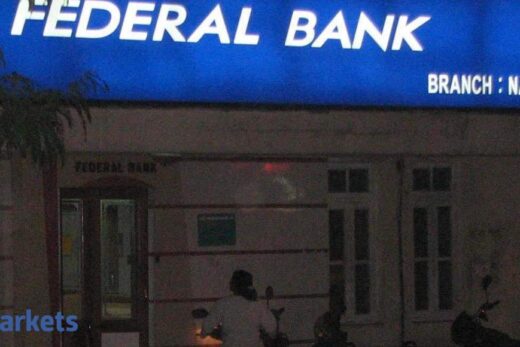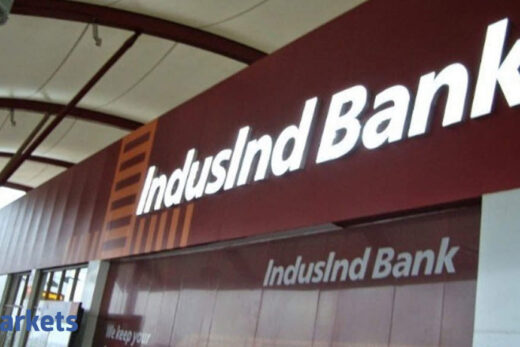It is often said one can learn a lot about investing by reading things that have nothing to do with investing. Though that sounds counter-intuitive, these wise words carry a lot of weight, especially for contrarian strategies.
Applying this logic, one would presume that the best way to understand what will happen to the print media stocks is to start by looking elsewhere.
Crude oil may seem like an odd place to start the search. But, strangely, what is happening to crude oil prices over the last one year may have some clues to our main story.
Let us begin with the end. The end of oil. That was the narrative in April 2020. Lockdown-triggered demand destruction was the key factor that put pressure on oil prices during that time. That much was understandable. But where the market went maniacal was when it started to stretch its imagination wildly on how these cyclical challenges will mysteriously grow into long-term structural ones.
Of course, the market got clouded by the constant narrative on how the new trends like work-from-home, less outdoor drive and falling air travel etc. will continue to be an overhang on oil demand. As in the earlier occasions of demand slump for oil, elevated buzz about electric vehicles and shale-as-swing-producer phenomenon would enter the narrative to amplify the price action. On the downside, of course.
While the spot price crashed to all the way down to sub-$18 level, in the futures market, the madness led to an unthinkable situation. For the first time in the history, one witnessed negative prices in oil contracts.
Fast forward to 2021, did oil price play to the script that was so sensational back then in April last year? Of course, not. With price action swinging to the other side of the pendulum now (Brent trading near the previous high of $70), the script too (narrative) has shifted to the other side of the spectrum i.e. hybrid workspace (against WFH), demand recovery (against demand slump) and charging infrastructure/high TCO (total cost of ownership) constraints for EVs (against unqualified EV penetration). After all, the price action will lead, and the narratives will follow.
Now coming to the main story: the cosmic dance of price action and the narrative dazzle much more colorfully in the print media stocks.
Valuations are dirt cheap in the print stocks, especially in the Hindi language space. When the stock prices started sliding on lockdown-related demand slump last year, the narrative followed to amplify the price action. Market’s way of building a narrative that suits the falling price action is to pick some of the long-term structural challenges in the industry and superimpose them into the cyclical challenges – falling ad revenues, in this case.
This is how amplification happens. While it was EV and shale-gas for crude oil, it is digital and global fall in print readership for print media. Neither digital nor readership challenges are new in the developed markets. It is at least a half-a-decade-old story. We have been there before.
In early 2015, when the ad cycle turned negative, stock prices were lower for similar reasons. When the ad cycle turned in the later part of that year, favourable narratives followed and that led to doubling of prices of the many media print stocks.
Something similar can’t be ruled out in this cycle. The trigger is likely to come from a turn of ad cycle. Watch out. It could be as early as next few quarters.
In addition to this, few other pointers (listed below) if they play out, could lead to a re-rating of print stocks, and, especially, the Hindi newspaper firms could surprise on the upside.
- Based on the Australian model, many countries are set to adopt legislations to force digital companies like Google and Facebook to pay for the news content. With the US and Europe following in the footsteps of Australia, India will not be left far behind. This is likely to change the news economics favorably for print media, especially for the larger players. It is a question of when, not whether.
- Skeptics of print media in the country cite the structural fall in the readership globally (esp. in developed countries) as the evidence for what is likely to happen in India too. However, they miss a few important metrics that are unique to the Indian context: Low-cost door delivery, ultra-low cover price (on high economy of scale), high illiteracy levels especially in the Hindi belt are unique to India, and they will ensure that the vernacular readership will continue to grow in mid-single-digit in the foreseeable time. Needless to say, the reasonable growth in readership will drive stronger growth in advertising.
- Given the emerging trend of falling TV watch time in the premium segment (on rising OTT viewership), some of the TV ad spend is likely to shift to print, especially the ones that are targeting the premium segment. This is because, much of OTT service is on subscription based with no opportunity for advertising. While there is an upside here for the leading print media companies, the quantum is not clear.
- The potential for sharp increase in digital advertising and portal subscription revenues as the print media starts making users to pay for digital content. Early signs are already visible for some of the leading dailies.
With print media stocks priced to bankruptcy (stocks pricing-in all the risks), even a modest recovery in ad spending has the potential to trigger a sharp uptick in the stock prices, especially when the narrative swings to the other side of the spectrum, amply aided by the above listed ammunitions.
Time is not far when print media stocks (Hindi) would get the due attention and start getting rerated. It is time to dive into these deep-value stocks for rich dividends in the medium term. Herd follows the narrative while the contrarian follows cycles. Follow the cycles (mis-pricing), not the narrative, for the superior results in investing.
(ArunaGiri N is Founder CEO & Fund Manager at TrustLine Holdings. Views are his own)



